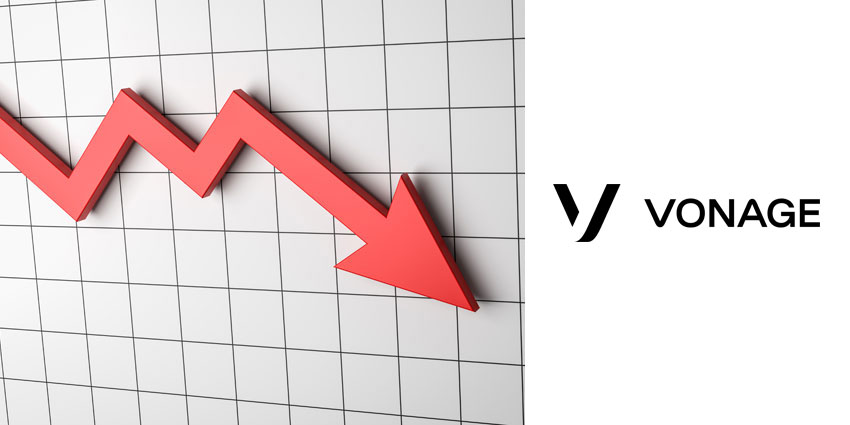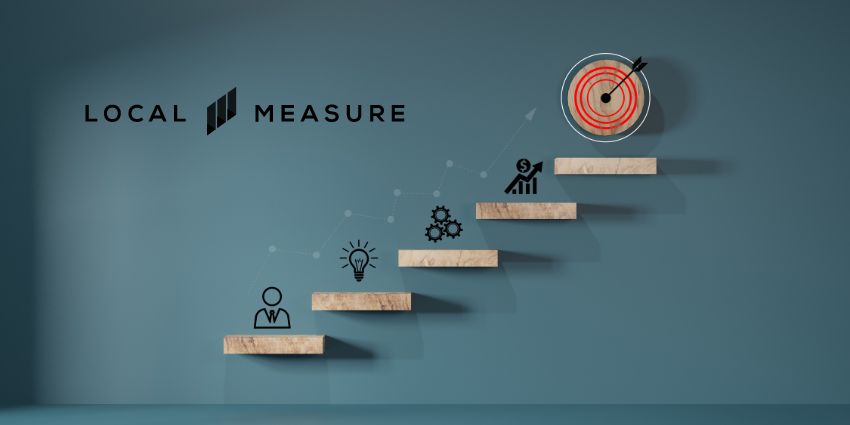In the early 2000s, the risk of using low-quality headsets in contact centers first garnered widespread attention, thanks to several claims about acoustic shock raised by British union members.
Since then, organizations have been careful to provide agents with high-quality equipment – at least in compliance with industry standards – to not risk employee health.
Yet, there are several other reasons why headset quality matters in a contact center and why cutting costs during hardware selection is a bad idea. Here are a few examples.
5 Ways a Low-Quality Headset Adversely Impacts Your Contact Center
Here are five reasons why it is crucial to invest in high-quality headsets that offer a superior sound experience.
- It Makes Agents Less Productive – Besides the health aspect, poor headset quality is a hurdle for agent workflows, sometimes limiting their call-handling capacity. To be heard, agents and customers must repeat themselves, driving up call durations.
- It Increases Call Costs – As conversation time increases, contact centers raise operational costs. Over a large agent population, this can make a significant dent, particularly across international operations.
- It Causes Privacy Concerns – Thanks to a low-quality headset, the customer may hear ambient noise – even snippets of conversations taking place in the contact center, potentially containing confidential data. This makes customers worry about their privacy.
- It Lowers CSAT – When a low-quality headset impacts audio quality, customers must often repeat their information, which can be frustrating when trying to solve an urgent or time-bound problem.
- It Leads to Long-Term Audio Fatigue – Even if there isn’t an acoustic shock issue, low-quality headsets may lead to audio fatigue, making agents prone to distraction, exhaustion, and burnout. As a result, their engagement levels drop, impacting customer, agent, and business outcomes.
Defining Headset Quality: What Should You Look For?
There are dozens of options now available on the market, from intelligent headsets capable of canceling out excess noise, to lightweight headsets agents can comfortably wear all day.
Business leaders may consider the following factors when selecting the ideal headset for their team members.
1. Business Compatibility
Perhaps the first point any business buyer should consider when shopping for contact center headsets is compatibility. There’s no one-size-fits-all headset for today’s workplace. The best solution for any business will hinge on how the company runs.
For instance, an organization that frequently deals with sensitive financial data may need a headset that offers added encryption for secured calls. Alternatively, if a company needs to support many employees working in a unique environment, like a manufacturing floor, they may require better audio protection and durability.
When considering compatibility, some companies may also consider whether they use any specific CCaaS or UCaaS technologies. After all, some headsets are custom-made to work seamlessly with tools like Microsoft Teams, with dedicated buttons and extra features for users to leverage.
2. Comfort and Durability
Most contact center employees wear their headsets for extended periods, often more than eight hours per day. As such, headsets must be comfortable and sturdy enough to withstand regular use.
Most headsets designed for business use will have comfortable ear cushions. Still, some modern solutions also come with extra comfort components, such as padded headbands to reduce pressure on the top of the head.
Finding a lightweight headset for each employee will ensure they feel as comfortable as possible when at work.
Additionally, investing in extra durability in the form of reinforced cords and flexible boom arms should reduce the need to invest in additional replacements.
To deliver the best possible comfort and durability, think carefully about each user’s preferences and the environment they might be working in.
3. Audio Quality
Above all else, headsets are audio tools. They should provide each user with crystal-clear sound quality, enabled by high-quality internal components. Some products even come with software that allows users to adjust the frequencies of their headset and minimize their exposure to external distractions, with variable levels of noise cancellation.
Noise cancellation technology can help to improve the quality of conversations, boost call clarity, and improve experiences for both agents and customers alike. Sometimes, it’s even possible to embed noise cancellation functionality into the microphone with a headset to ensure the person on the other end of the conversation hears crystal-clear audio too.
Also, the business can pair such a headset with an app like Krisp for bi-directional noise cancellation.
Finally, headset microphones fitted with air-shock and pop filters can also filter out extra distractions, such as short breathing or external sounds.
4. Wearing and Usage Styles
As mentioned above, headsets are a standard tool for employees in various parts of the business landscape. The type of headset best suited to each employee will vary depending on how they use their technology.
For instance, if employees work in a traditional office environment, they may be exposed to several external distractions, requiring them to use a “binaural headset” to block out other sounds.
Alternatively, employees may prefer to use a monoaural headset if they need to interact consistently with other team members.
If the agent needs to regularly move around from one office to another or handle calls on the go, they may need a wireless headset, which unchains them from their desk.
Companies may also wish to consider various preferences and requirements of each employee before buying headsets.
5. Compliance Guarantees and Management
Compliance is critical when purchasing any new device or system for a business. Companies must think about encrypting calls, keeping conversations private, and adhering to health and safety requirements.
For example, the “Noise at Work Directive” indicates that a business should never expose employees to sounds louder than 87 decibels at work.
With this in mind, companies need to determine whether their headsets comply with this legislation and whether there are any further issues they need to be aware of when protecting their employees. After all, agents in a contact center not only need good sound quality to make their job easier, but they also need to feel comfortable and safe at work.
Some headsets also come with ways to help business leaders manage their assets remotely. For instance, there are tools with solutions that allow users to rapidly roll out software updates with a couple of clicks. These tools help ensure businesses stay up-to-date with the latest standards when issuing technology to teams.
Bonus Extras
Finally, companies looking into new headset solutions for their employees should consider any “bonus extras” which may help with future-proofing their purchase.
For instance, many modern vendors have begun introducing new features for their headsets to help improve business efficiency.
There are headsets with access to built-in voice assistants, which make it easier for team members to complete essential tasks at speed. Plus, some headsets come with adjustable noise cancellation components, busy lights, and various other features, like automatic mute when someone lifts a boom arm or gesture controls.







